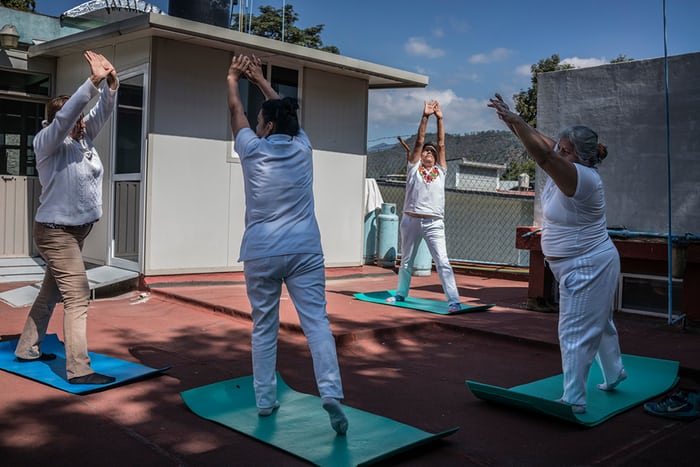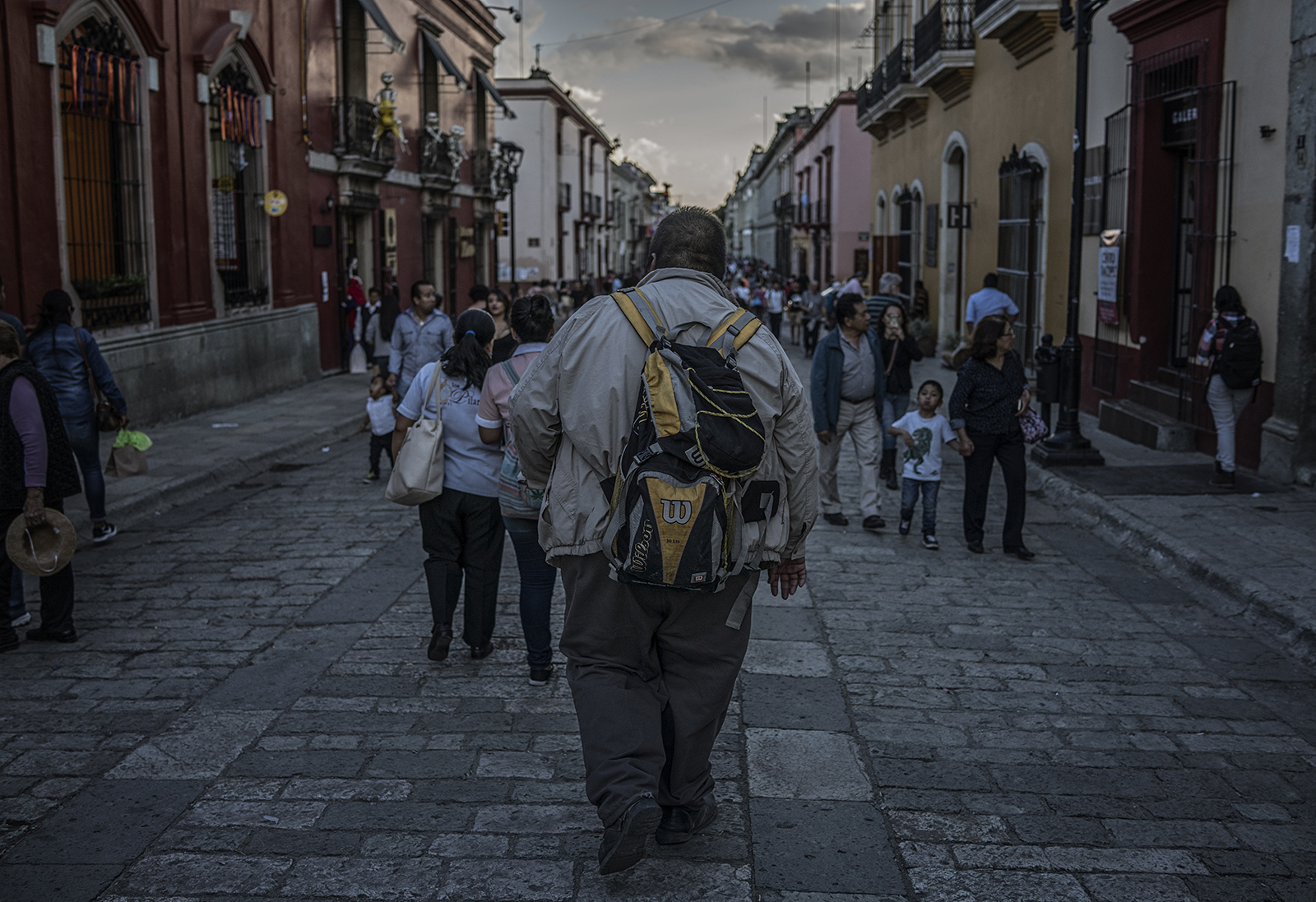
Mexico has the distinction of co-mingling of obesity and malnutrition–the OECD ranked Mexico as having the second highest adult obesity rate in the world at 32.4 percent, only behind the United States, while child malnutrition in seven Mexican states exceeds 36 percent (World Vision Mexico, 2015). Malnutrition is more intense in indigenous communities. Research suggests a causal correlation with both obesity and malnutrition in Mexico after the implementation of NAFTA in 1994. U.S. food industry investment in processed foods (cheap, high in calories and low in nutrition), cratering of the prices for small farmers' produce–especially for staples like corn–and the large scale export of healthy fruits and vegetables also contributed. Now, 42 percent of Mexicans' food consumed is imported. As talk of renegotiating NAFTA picks up steam, will this issue even see the light of day? James Whitlow Delano would like to ensure that it is. He is in Mexico to document the issue in Guadalajara and in the state Oaxaca—with its high population of malnourished indigenous children.







